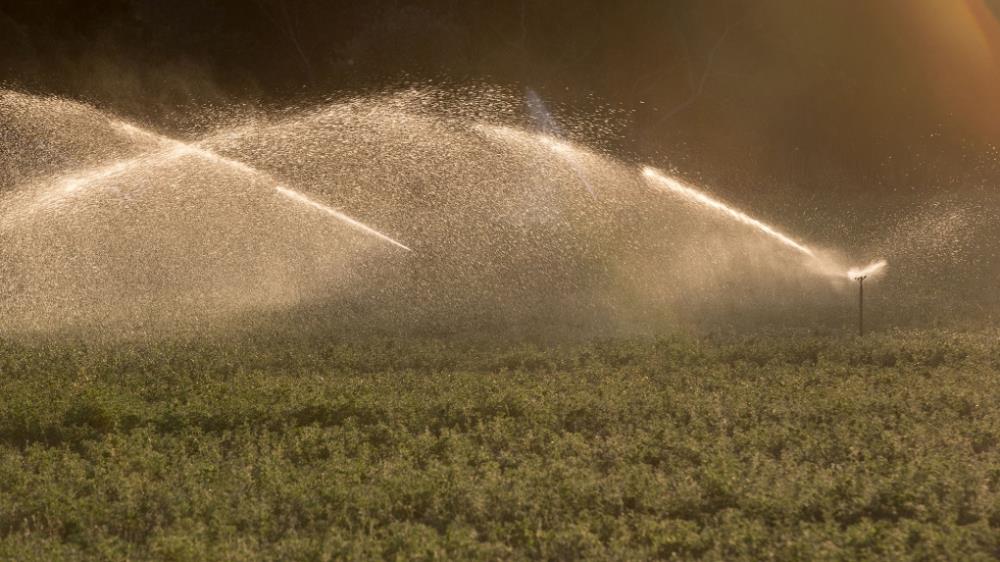
Related items loading ...
Section 1: Publication
Publication Type
Conference Presentation
Authorship
He, Z., W. Pomeroy, J., and Tian, F.
Title
Contrasting glacier responses to climate change in Central Asian Basins
Year
2025
Publication Outlet
EGU General Assembly 2025, Vienna, Austria, 27 Apr–2 May 2025, EGU25-14123
DOI
ISBN
ISSN
Citation
Abstract
This study investigated the responses of glaciers to changes in air temperature and precipitation in two Central Asian glacierized basins, namely the Ala-Archa basin in Kyrgyzstan, where 16% of the area is covered by glaciers, and the Tailan River basin in China, with 33% glacier coverage. A ∆h-parameterization approach was coupled with the Cold Regions Hydrological Model (CRHM) to simulate glacier dynamics. CRHM uses physically based algorithms to simulate the full range of mountain hydrocryospheric processes such as energy balance snow and ice melt, slope/aspect influence on irradiance, energy balance precipitation phase, blowing snow transport and sublimation, avalanches, firnification and firn to ice conversion, subsurface storage and runoff processes, surface water detention, actual evapotranspiration and hydrograph routing. The Randolph Glacier Inventory (RGI) versions from 1.0 to 7.0 were employed to validate the modeled glacier changes. Bias-corrected ERA5 reanalysis data were used to reconstruct the meteorological and energy conditions on glaciers over the historical period from 1950 to the present. Thanks to the robust physical foundation of CRHM, which requires minimal effort in parameter identification, the contrasting glacier responses in the two basins can be predominantly attributed to differences in local climate, surrounding terrain, and energy processes. The preliminary results suggest a strong dependence of the glacier area response to climate change on terrain characteristics such as slope, aspect, and self-shadowing. Meanwhile, the response of glacier thickness is more sensitive to elevation and the distance from the central flow line. The total glacier area in the Tailan River basin is much less sensitive to warming compared to that in the Ala-Archa basin due to its greater mean glacier thickness. In contrast, the streamflow response in the Tailan River basin is more sensitive to climate warming because of its larger glacier coverage. These modeling findings offer valuable insights into how local glaciation, snow, firn and ice exposure, terrain and climate condition the streamflow response to climate change in Central Asian glacierized basins.
Plain Language Summary


 GWFNet
GWFNet Master
Master Data
Data Research
Research Map
Map
 Advanced
Advanced Tools
Tools
 . . .
. . .
 Metadata Editor
Metadata Editor
 Record List
Record List
 Alias List Editor
Alias List Editor
 Legacy sites
Legacy sites